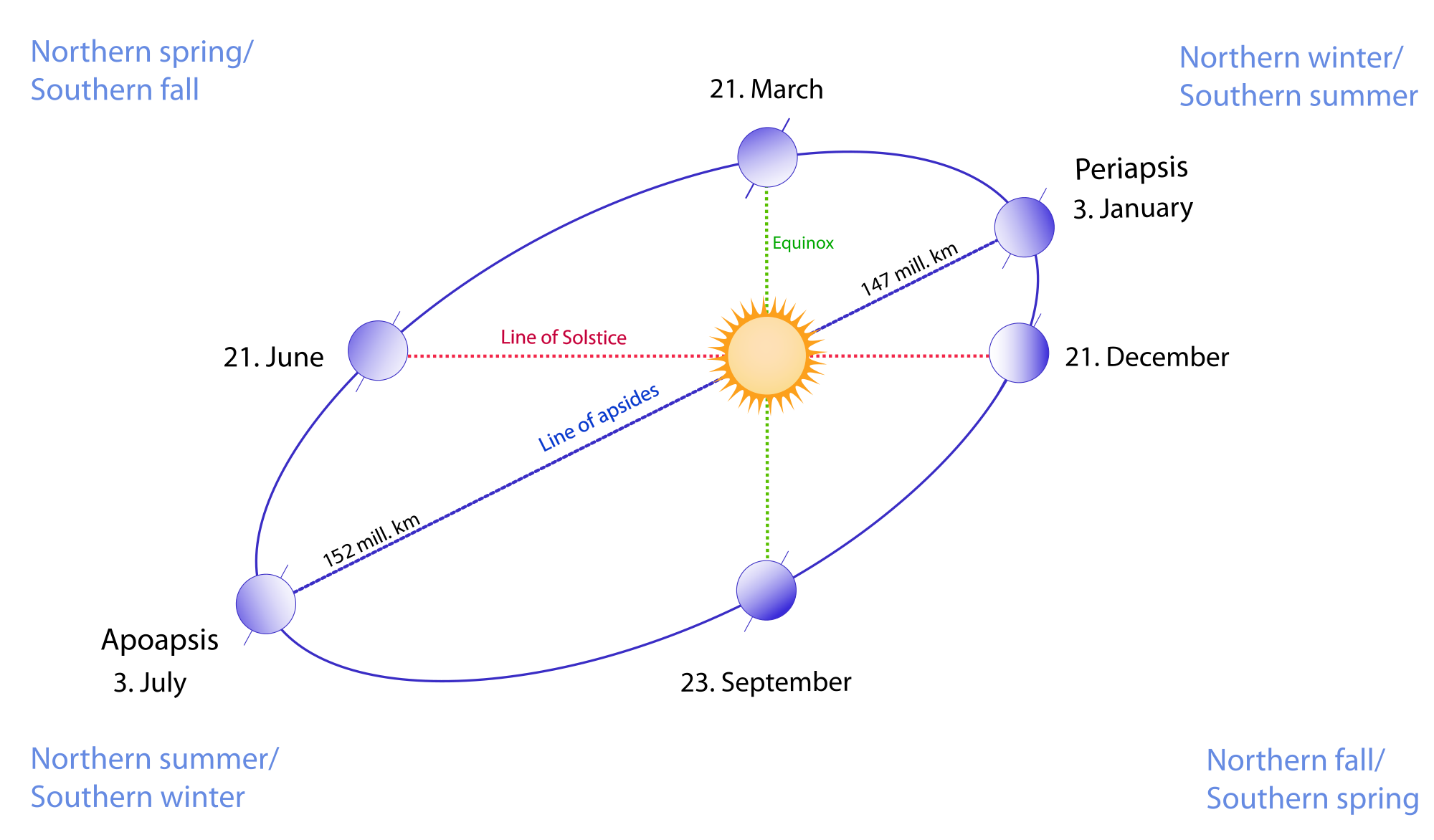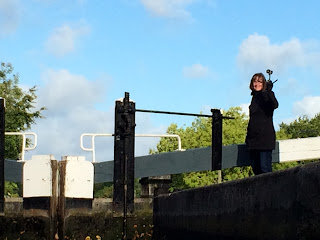So, can you do this yourself? The answer is yes. But first, I strongly recommend that you view the following Sailrite video: How to pattern a bimini. There used to be another video on the website that took you thru the process after patterning, but they have apparently taken it down. But if this whets your appetite, then get this DVD and study it, thinking thru each thing that is done, and understanding why it was done.
First, nomenclature. In the roof panel I made, there are three major piece types:
- The roof panel itself - the largest piece of fabric by far
- The sleeves. These pieces of fabric form the sleeves which zipper around the tubing at the front and rear of the roof panel.
- The tails. These are the narrow strips of fabric that hang down at the front and rear of the roof panel - they serve as the attachment points for the side curtains (at the rear - on mine you can see the rivets holding the Common Sense fasteners) and the center panel (at the front).
- There are also some narrow reinforcing strips that go on the bottom edges of the sides to strengthen the attachment points for the side curtains.
- Use Tenara Teflon thread. I can't recommend this strongly enough. The special "UV resistant" polyester thread will last approximately 5 years (in the PNW - less in the tropics). The Tenara thread will last indefinitely - far outliving the fabric.
- When sewing, use the basting tape that Sailrite sells. The stuff you can buy in your local fabric store is designed to wash out and is a far weaker adhesive. Use 3/8" for most seams and 1/4" for zippers.
- When installing zippers, make sure that they will be covered - that is, protected from the sun.
- Tools - you should buy these tools and consider them part of the cost of the bimini. Your cost will still be far, far less than what you'd pay for professionally built canvas.
- First and foremost, a walking foot sewing machine. You just can't do this work with a home sewing machine. I have a Sailrite LSZ-1 and love it.
- A binder of some type for applying bias edging tape
- This nifty tool set for installing male Common Sense fasteners
- This punch for installing Common Sense eyelets
- Please note that my project did not require installation of snaps, Lift The Dot fasteners, etc. so I have not included tools for their installation here. But if you need these fasteners you should look carefully at the tools that Sailrite offers.
- If you are doing what I did, replacing an existing bimini, you can pattern right over it without removing it. This allows you to get a better take on where the edges need to be, and saves a lot of labor. You should apply the seam stick tape directly to the old bimini without an intervening layer of some other kind of tape. It holds better, and yet can still be removed after the patterning.
- For the panel to install correctly and fit well, it is critical that you consider and think about things like this:
When patterning, the line defining the front and rear seams (where the sleeves and tails attach to the roof panel) should be made, not on the top of the tubing, but rather 90° away on the front (or rear) side of the tube. Doing it this way makes it simple to attach the other edge of the sleeve. Magically, you can just smooth the sleeve flat against the roof panel and stitch the zipper where it lays, without making any allowance for the wrap around the tubing whatsoever. I know that doesn't seem right, but it is. Get out some strips of paper and try it out - I know that I had to in order to convince myself.
If on the other hand you need for the seam to be on top of the tubing (as for example if the seam joins two adjacent roof panels over an intermediate support), then you cannot simply lay the sleeve flat to determine its attachment point to the roof panel. Instead, lay it flat, mark the edge, and then move it back 1.25 inches (I think... get out your paper strips and confirm this number - it will depend on the size of your tubing) and attach it there. Because in this case you do need to account for the wrap around the tubing, and it's a surprisingly large amount.
If you should use a top seam for the forward edge of your roof panel, you will need to make the tail wider by half the diameter of your tubing so that it will extend the desired distance. - You will face a decision whether to use "hang down" tails or "tuck back" tails. Hang down tails are just straight rectangular pieces of fabric; tuck back tails are contoured to match the edge of the bimini to which they will be attached. I initially made mine with the hang down tails, but I was disappointed with the way they, well, hung. Because they are straight fabric pieces, they do not follow the contour of the bimini - they just look bad. I made new tuck back tails, ripped out the seams and installed them.
- When laying out the sleeves or the tuck back tails, the video may encourage you to use the pattern to determine one edge and then laboriously lay out a second line the desired distance away by making a series of markings perpendicular to the original line. This is unnecessarily tedious. Instead, lay out the first line using the edge of the pattern, pull the pattern back the desired amount, and lay out the second line, again using the edge of the pattern.
As you can see, there are two more panels that need to be reconstructed. And that sail cover is looking pretty shabby too...
Previous post in this series



























